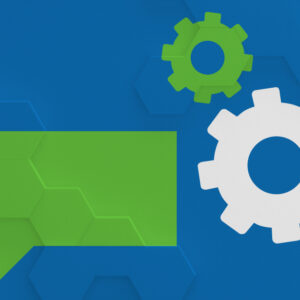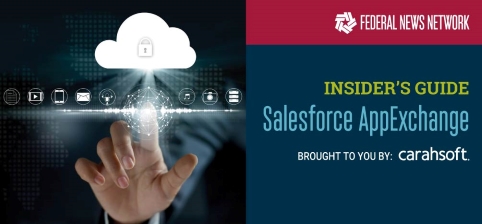When it comes to using cloud computing, federal agencies turn to the Federal Risk and Authorization Management Program (FedRAMP) to certify that their cloud-based solutions are secure and compliant with federal regulations. In order for their products to be used in the federal space, cloud service providers and software vendors must ensure that they are FedRAMP compliant—a notoriously in-depth process that can cost millions of dollars and take up to 24 months to complete.
The government has continued adopting cloud technology at a rapid pace, which has only expanded with the need for remote work capabilities during the pandemic. Agencies are turning to third-party solutions that don’t run on government infrastructure, and in turn, more cloud and software organizations are undertaking the FedRAMP compliance process in order to expand into the federal market.
Building and deploying a secure cloud environment is slow and costly, but it’s also ripe for automation. Cloud security and compliance automation companies are partnering up with cloud service providers to significantly reduce the time it takes to become FedRAMP compliant—in some cases, from two years to 90 days. By building the entire program on a pre-engineered security platform that automates configuration, documentation, and deployment tasks, these types of solutions automate the most complex, error-prone, and critical components of cloud-based software. This enables cloud software vendors to eliminate security and compliance barriers and dramatically accelerate time-to-market.
 Taking on FedRAMP with Automation
Taking on FedRAMP with Automation
FedRAMP compliance requirements have been in place since 2014, and while the process is complex it is also repetitive, making it a prime contender for security and compliance automation. This pre-engineered approach means that an organization’s internal teams don’t have to be FedRAMP experts and can instead focus on onboarding, training, and building out templates and security applications for the federal client. This type of purpose-built architecture—security and compliance as a platform—is designed with best practices in mind and uses proven third-party technologies to reduce the number of required add-ons.
This approach allows an organization’s applications to be seamlessly migrated into the compliance platform, which powers it through automation and ensures that crucial components like security architecture can operate seamlessly. Combining a cloud software service provider’s application with an established automation platform allows each to focus on their core competencies while remaining autonomous from each other, which is critical for security.
Tackling Compliance Challenges
FedRAMP-compliant access control and identity management is often complex—involving account management, role-based and remote access, data flow enforcement, session locking capabilities, and more. Pre-engineered and standardized technology can streamline all of these components, ensuring that they are secure and compliant. Similarly, internal encryption such as data segregation, boundary protection, encryption, Domain Name System (DNS) and more can be addressed through an established platform geared towards FedRAMP compliance.
Such an automated platform can implement FedRAMP best practices at a programmatic level, ensuring that the application is set up correctly from the start. From there, though, the cloud provider can utilize a library of automation tools to automate security components, documentation, DevOps, and deployment alike—taking full advantage of the platform’s capabilities to eliminate security and compliance impediments.
Streamlining Documentation and Testing
Auditing and documentation are crucial components of FedRAMP compliance and can also be conducted quickly and accurately through automation. FedRAMP’s System Security Plan (SSP) is a document full of variables that can be identified and automated. Completed SSPs can expand to 1,000 pages and are assessed closely, requiring clear, concise, consistent, and complete documentation. Conducting manual documentation increases the risks of introducing errors or other issues—even inconsistent terminology throughout the SSP can be problematic for FedRAMP compliance.
This is also where a third-party assessment organization (3PAO) can come into play—they serve as a bridge between the government and the cloud service provider, acting as a trusted third-party agent that recommends FedRAMP-compliant solutions. 3PAOs can conduct security testing on systems and report the results of the exercise, as well as the strength of the application’s security, to the government.
View the full Carahsoft webinar featuring experts from AWS, Anitian, and A-LIGN to learn more about the ways third-party organizations can help cloud service providers streamline the FedRAMP process.






